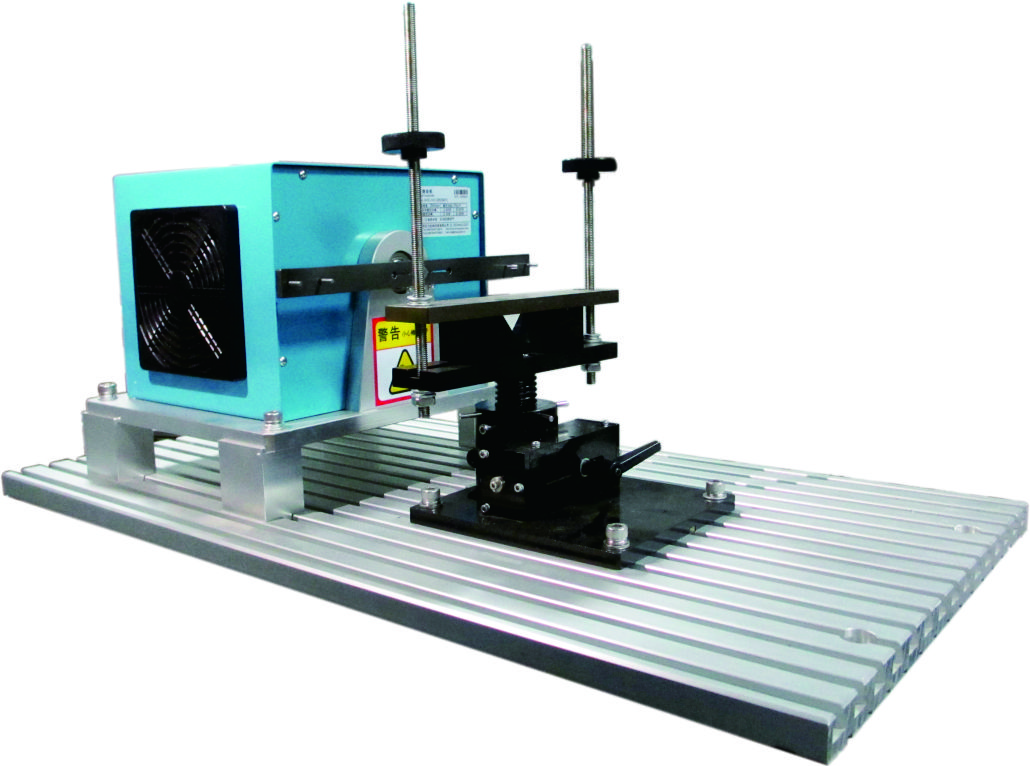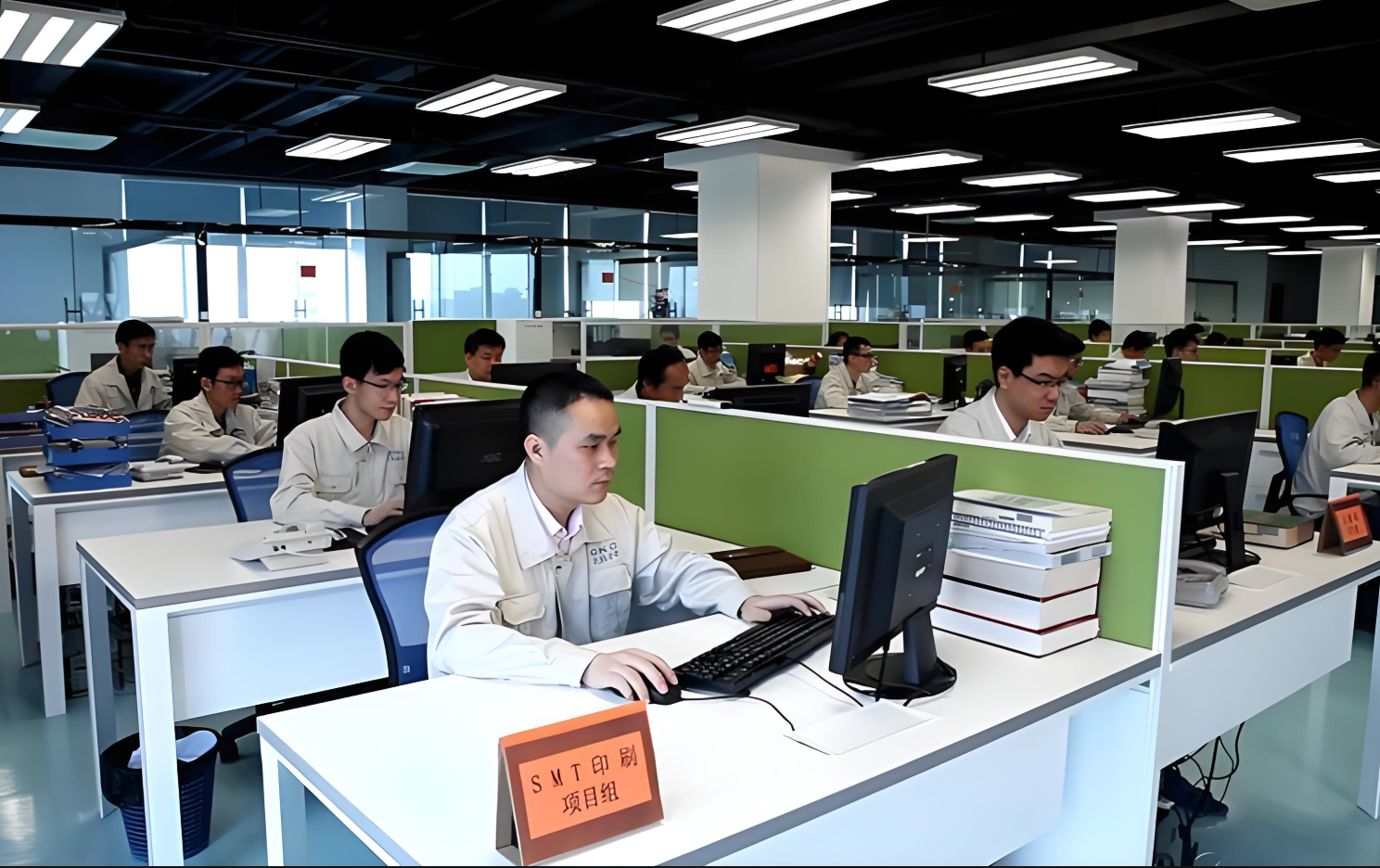In the intricate dance of machinery, where every component must move in flawless harmony, the unsung hero often lies in the silent precision of transmission systems. Whether it’s the whir of an electric vehicle’s drivetrain or the relentless hum of industrial automation, the accuracy of power and motion transfer determines success or catastrophic failure. Enter **Transmission Accuracy Static Testing**—a process that doesn’t just measure performance but guarantees it. Let’s dive into why this technology isn’t just a “nice-to-have” but a non-negotiable pillar of modern engineering.
---
### THE INVISIBLE THREAD HOLDING INDUSTRY TOGETHER
Imagine a world where gears grind unexpectedly, belts slip under load, or robotic arms falter mid-task. The cost? Downtime, safety risks, and eroded trust in technology. Transmission Accuracy Static Testing (TAST) exists to eliminate these nightmares. By simulating real-world conditions in a controlled environment, TAST evaluates how well a transmission system maintains its integrity when subjected to static forces—no motion, just pure stress analysis.

This isn’t about catching flaws after they occur. It’s about predicting and preventing them. Think of it as a crystal ball for engineers, revealing weaknesses before the first prototype even hits the production floor.
---
### HOW TAST WORKS: THE SCIENCE BEHIND THE MAGIC
At its core, TAST is a blend of meticulous measurement and advanced simulation. Here’s a simplified breakdown:
1. **Load Application**: A static force—torsional, axial, or radial—is applied to the transmission component. This mimics the stress it would endure during operation without actual movement.
2. **Deformation Tracking**: High-precision sensors measure minute deformations. Even a micron-level shift can indicate material fatigue or design flaws.
3. **Data Analytics**: Algorithms analyze stress distribution, identifying hotspots where failure is most likely.
4. **Validation**: Results are compared against industry standards (ISO, ASTM) or custom benchmarks to certify readiness.
The outcome? A blueprint for reliability.
---
### WHY INDUSTRIES CAN’T AFFORD TO IGNORE TAST
#### Automotive: Electrification’s Silent Guardian
The shift to electric vehicles (EVs) demands transmissions that handle instant torque without a whisper of hesitation. TAST ensures that EV gearboxes, differentials, and couplings can withstand the unique stresses of regenerative braking and rapid acceleration. Companies like Tesla and BYD leverage TAST to avoid recalls and build consumer trust.
#### Aerospace: Where Failure is Not an Option
A single faltering gear in a jet engine could spell disaster. Aerospace giants use TAST to validate every component, from landing gear systems to helicopter rotor linkages. The result? Safer skies and fewer maintenance nightmares.
#### Renewable Energy: Keeping Turbines Turning
Wind turbines operate in brutal conditions—high winds, temperature swings, and saltwater corrosion. TAST certifies that their gearboxes and drivetrains endure decades of abuse, maximizing energy output and minimizing downtime.
#### Robotics: Precision as a Currency
In assembly lines and surgical suites, robotic arms rely on transmissions that move with surgical accuracy. TAST ensures that harmonic drives and ball screws deliver repeatable motion, down to the micrometer.

---
### CASE STUDY: THE FACTORY THAT SAVED $2M IN SIX MONTHS
A European automotive supplier faced recurring failures in its EV differential units. Post-TAST implementation, engineers discovered a design flaw in the housing alignment, causing uneven stress distribution. After redesigning the component and retesting, failure rates dropped by 92%, saving $2 million in warranty claims and production delays within six months.
---
### BEYOND TRADITIONAL TESTING: WHAT SETS TAST APART
Traditional dynamic testing focuses on how systems perform *in motion*. TAST, however, zooms in on *structural resilience*. hysteresis brake ’s the difference between observing a sprinter’s speed and analyzing their bone density to prevent fractures.
Key advantages:
- **Early Failure Prediction**: Catch flaws at the design stage, not during field trials.
- **Cost Efficiency**: Fixing a prototype is cheaper than recalling 10,000 units.
- **Customization**: Tailor tests for niche applications, from Mars rovers to underwater drones.
---
### IMPLEMENTING TAST: A ROADMAP FOR BUSINESSES
1. **Audit Existing Processes**: Identify gaps where TAST could prevent recurring issues.
2. **Partner with Experts**: Collaborate with labs specializing in static load testing and finite element analysis (FEA).
3. **Integrate with R\u0026D**: Make TAST a phase-gate in product development, not an afterthought.
4. ** hysteresis brake **: Equip engineers with the skills to interpret TAST data and iterate designs.
---
### THE FUTURE: SMART TAST AND AI-DRIVEN INSIGHTS
Tomorrow’s TAST systems will harness AI to predict failure modes beyond human intuition. Imagine sensors that not only measure strain but also recommend design tweaks in real time. With the rise of digital twins, virtual TAST simulations will accelerate development cycles, slashing time-to-market for innovations.
---
### FINAL THOUGHTS: PRECISION AS A CULTURE

Transmission Accuracy Static Testing isn’t just a tool—it’s a mindset. In a world racing toward automation and sustainability, the margin for error shrinks daily. Companies that embrace TAST aren’t just building better products; they’re crafting legacies of trust, safety, and innovation.
Ready to future-proof your transmissions? The first step is a single test. 🔧✨
---
[Contact us today to schedule a consultation and unlock the full potential of your transmission systems.]
